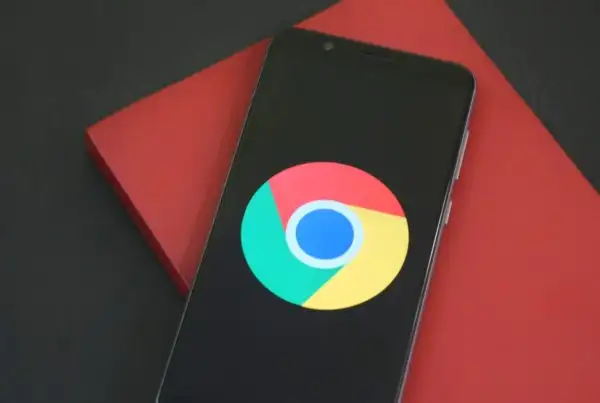A brand’s core aim is, of course, to gain as much exposure as possible. But does the virality of a particular fad make for a good “tag-along” marketing strategy?
Origins
In the early days of marketing, generating brand exposure focused solely on physical attributes, such as their logo or packaging. The ideology was, the more memorable the logo or product, the better the return on investment.
Then, in the 1920s-30s, marketers discovered brand awareness was more than physical appearance: it was also about the way the company was perceived, both by their customers and by society in general. PR was born, and with it the notion of branding as propaganda.
This concept survives to this day, even more so as brands try to latch on to current topics and trends – hoping to ride the wave of popular opinion. And on top of memorability and public relations, the aim is to get engagement.
Getting it right
Whether it be a successful content format, a viral video, or a dance craze, modern brands don’t hesitate to jump on the bandwagon and try to implement the same tactics or message in their own campaigns.
A prime example of this was ‘The Dress’: This dress had the world debating its colour, and had brands such as Lego, Dunkin Donuts and Tide jumping on the discussion to create campaigns based around the dress.

Another popular trend-based campaign was the recent KFC campaign, which followed the popular US trend of ‘roasting’, as seen on shows such as Jimmy Kimmel Live, where celebrities read out mean tweets written about themselves.
Due to the success of this campaign, other companies jumped on board, like Carlsberg, which had employees reading out mean tweets about their own product. Does this make you want to drink more Carlsberg?
Getting it wrong
Not everything that trends online should actually be thought of as a “trend”. Neither should it be incorporated into a marketing strategy.
Pepsi is a prime example here. In 2017, the Super Bowl ad featuring Kendall Jenner went viral for all the wrong reasons. The ad showed Jenner handing police a can of Pepsi during a protest, with the aim of unifying protesters and police. However, critics of the ad claimed Pepsi tried to cynically capitalise on the Black Lives Matter movement, downplaying a serious social movement simply to sell more soda. The ad was widely criticised and Pepsi was forced to cancel the advertisement after a day.

What to consider when joining a marketing trend
Gauge sentiment – if you plan to use negativity as a branding strategy, avoid your most popular product, as you could do more harm than good. If the KFC campaign promoting their fries had turned bad, consumers’ opinions of their flagship chicken products would not have been affected.
Test it – pick a sample audience that fits your business well, before rolling out a risky campaign. It should be one that is big enough to gauge the success of the campaign, but not big enough to destroy your reputation.
Know the location and culture – not all campaigns will get the same reaction in different locations, and ideas about what’s funny differ significantly around the world.
Know your audience – understand the frame of mind and social situation of your audience, and be mindful of local sensitivities and current issues. If Pepsi had thought this through, they might not have caused such controversy.
Pick the right channel(s) – Twitter is typically a good platform for humorous campaigns like ‘The Dress’. LinkedIn, on the other hand, requires a completely different tone of voice. Pinterest and Instagram are mostly visual, and work better for image or video-led content.
Ultimately, know your brand – just because something is trending, doesn’t mean you should try and incorporate it in your marketing strategy. Make sure the topic aligns well with your brand’s identity.










